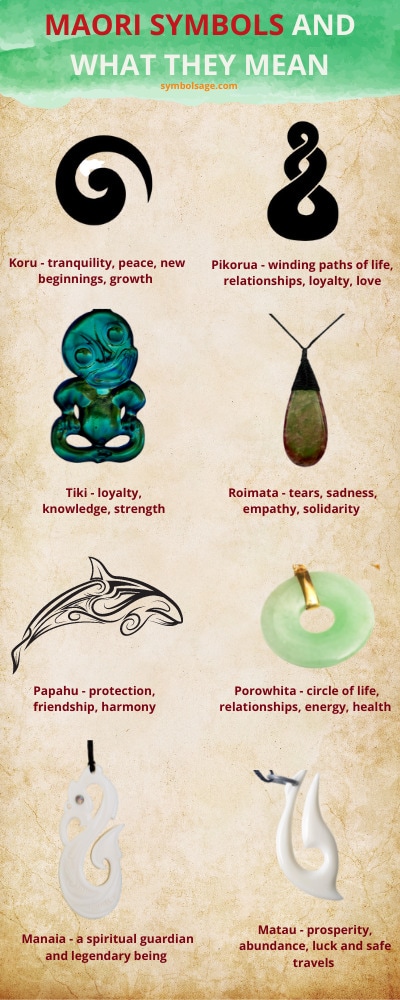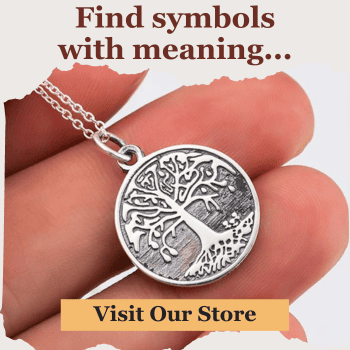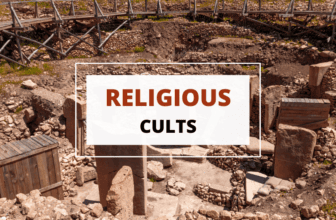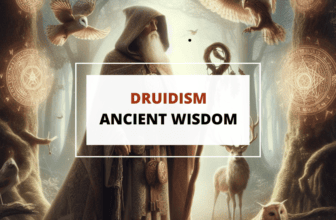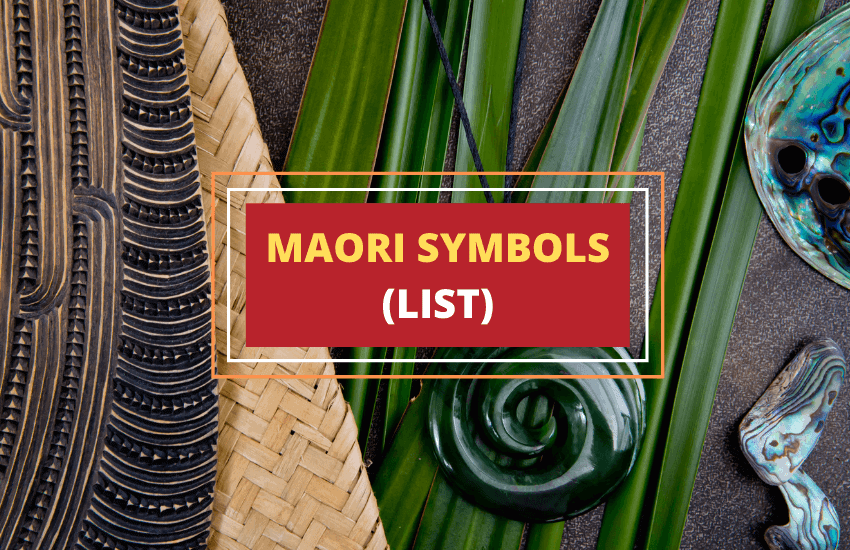
Table of Contents
In the past, the Maori people of New Zealand didn’t have a written language, but they were able to record their history, beliefs, legends, and spiritual values by using symbols.
These symbols have become a central component of the Maori culture and are as popular as ever. They’re used in jewelry, artworks, tattoos and pounamu carvings.
Each symbol has a meaning, which is based on their primary use. Here’s a list of the most popular Maori symbols and their interpretations.
1. Koru (Spiral)
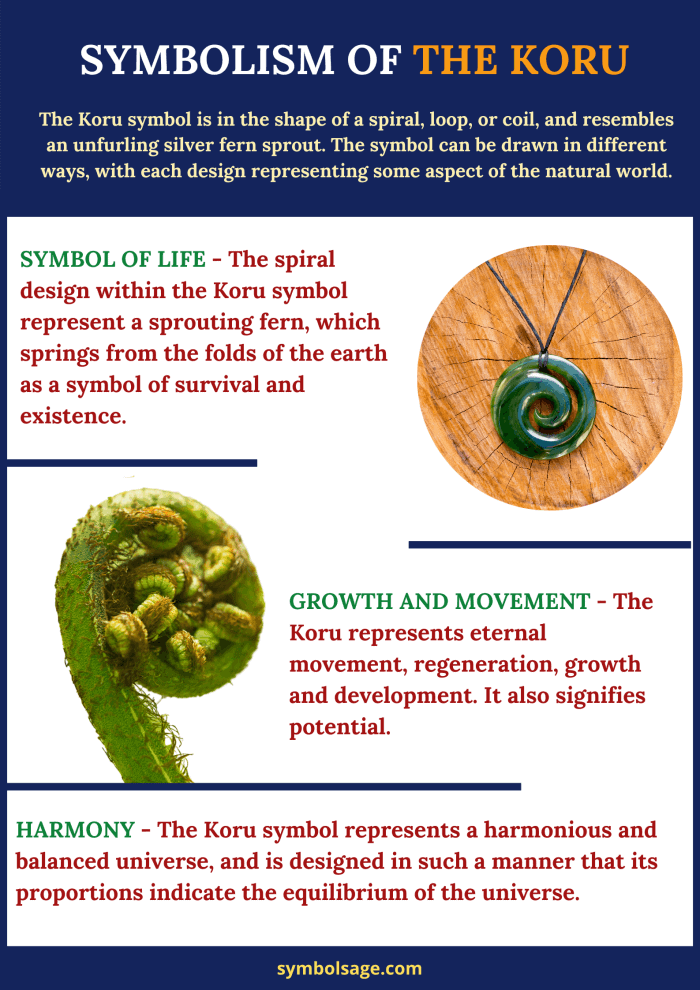
The koru is derived from the fern frond, a bush native to New Zealand. In general, this symbol represents tranquility, peace, growth, regeneration, and new beginnings.
Aside from that, the koru is associated with nurturing. When it is interlocked with other symbols, it can symbolize the purity and strength of a relationship.
In the Ta Moko tattoo art, artists use the koru symbol to represent genealogy and parenthood. The reason is that it is thought to have human characteristics, such as a body, head, neck, and eye.
Because of this meaning, a single or multiple koru design is believed to symbolize ancestry (whakapapa).
Lastly, the koru also portrays a relationship between husband and wife or a parent and a child.
2. Pikorua (Twist)
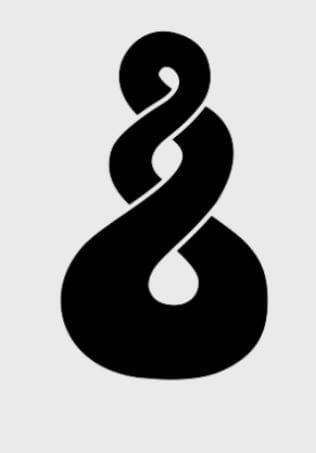
The pikorua, also known as the twist, is thought to be a relatively recent Maori symbol. The reason is that the early Maori people didn’t have the necessary tools to make the undercuts found in the symbol’s design.
According to one theory, the Maori people began carving this symbol when Europeans colonized New Zealand, and the required tools were introduced.
In general, the pikorua is regarded as the primary eternity symbol because it represents the numerous paths of life. Additionally, it also symbolizes the strong bond between two people.
The single twist, for example, is a powerful symbol of loyalty, friendship, and love because it has no endpoint.
As for the double and triple twist, it has the same meaning as the single twist. The difference is that it refers to the joining of two or more people or culture.
3. Toki (Adze)
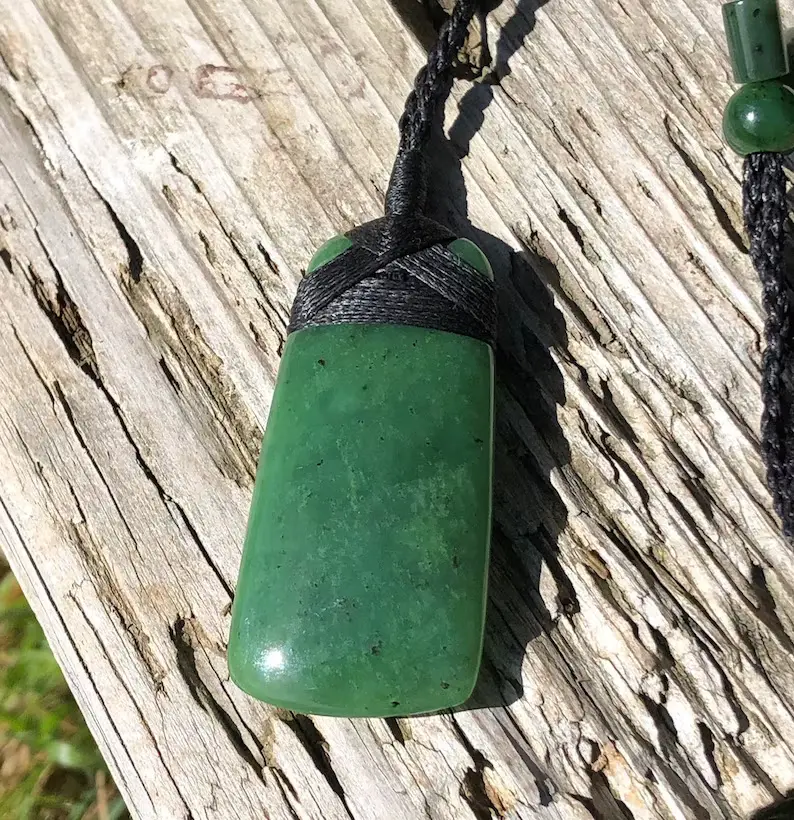
The toki or adze is a valuable tool for the Maori people. To be specific, it is a blade made for two purposes. The first is the chunky blade, which is used to carve waka (canoe) and to cut trees for the fortresses of Pahs.
The second is the toki poutangata (ornate or ceremonial ax), which is only wielded by the strong chiefs.
Because of its uses, the toki is regarded as a symbol of strength, power, authority, and good character. Aside from that, it can also be used to represent determination, focus, and control.
4. Manaia (The Guardian)
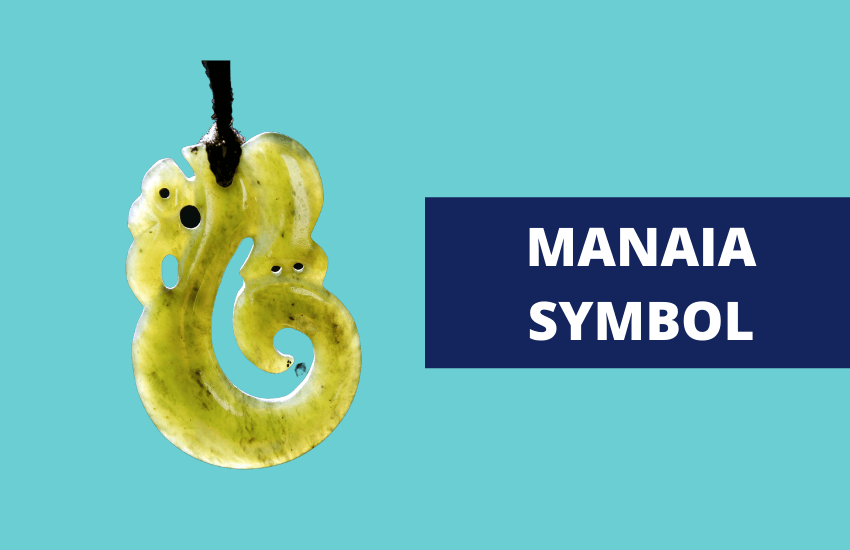
For the Maori people, the manaia is a spiritual guardian with supernatural powers. According to them, this mythical being is the messenger between the mortal or earthly realm and the spirit world.
They also believe that the manaia can protect them against evil. Lastly, the Maori also believe that the manaia is like a bird that watches and guides a person’s spirit to where it is destined to go.
The manaia symbol is carved with the head of a bird, a body of a human, and a tail of a fish. As such, it represents the balance between the sky, land, and water.
Also, the manaia is often portrayed with three fingers, representing birth, life, and death. In some cases, a fourth finger is added to represent the afterlife.
5. Tiki (The First Man)
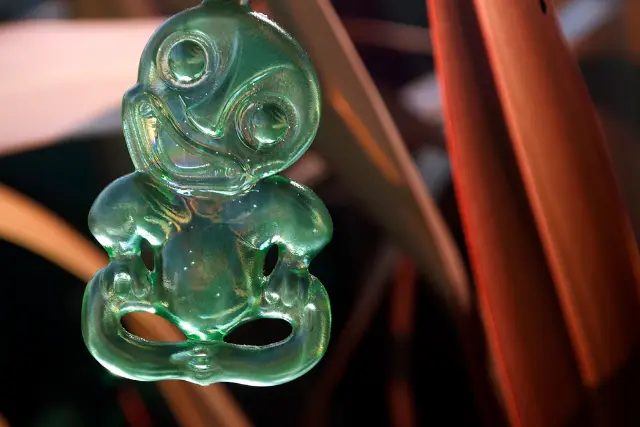
The tiki is an ancient symbol with several legends surrounding its meaning. According to one myth, Tiki is the first man on earth, and he came from the stars.
Additionally, he is often portrayed with webbed feet, suggesting a strong link to the sea creatures.
Tiki was considered the teacher of all things. As such, the person who wears this symbol is seen as someone who possesses loyalty, knowledge, clarity of thought, and great strength of character.
Aside from those interpretations, the tiki is also regarded as a symbol of fertility. Some also wear a tiki necklace because it is considered a good luck charm.
Lastly, it is also used as a sign of remembrance because it connects the deceased to the living.
6. Matau (Fishhook)
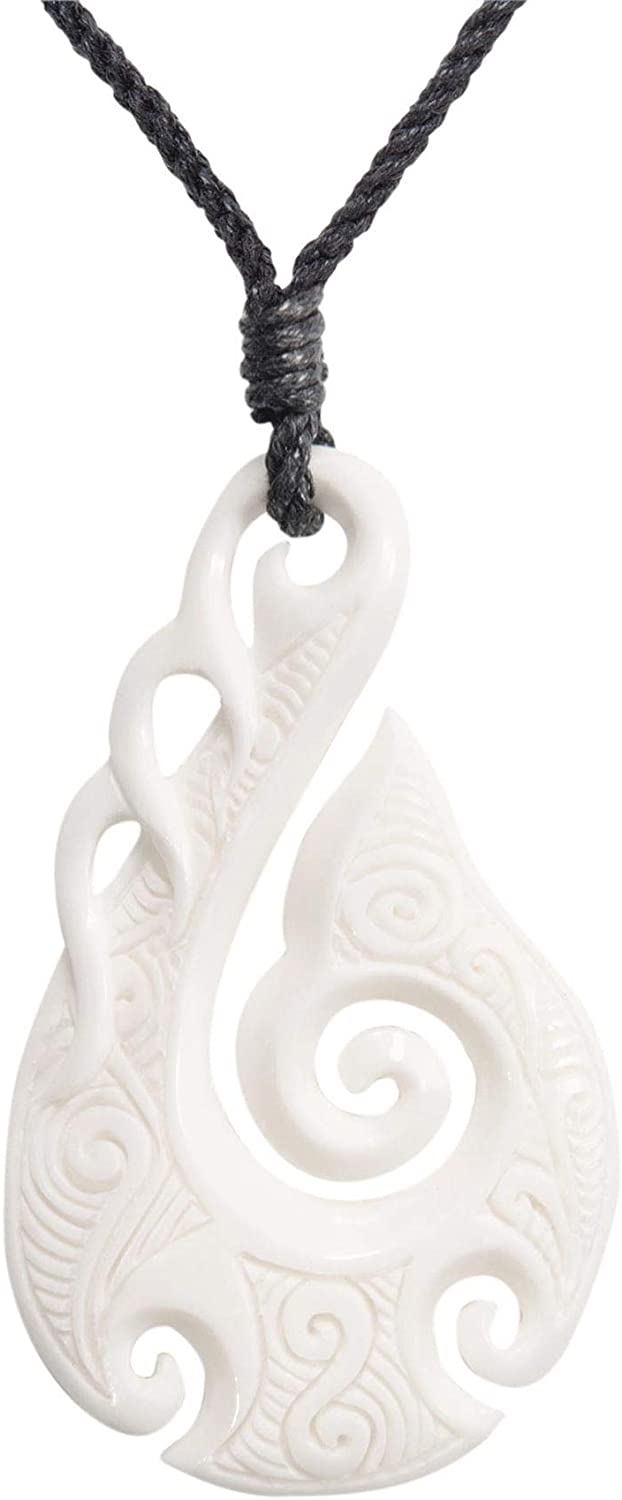
The matau or fishhook represents prosperity. For the Maori people, a fishhook is a valuable tool because they rely on the sea to survive.
In fact, the majority of the food they eat came from the sea. For this reason, the fishhook was used to symbolize prosperity or abundance, and Maori people attributed the abundance to Tangaroa, the god of the sea.
Aside from prosperity, the matau also symbolizes safe travel. The reason is because of its strong connection to Tangaroa. As such, fishermen would wear the fishhook symbol to ensure safe passage over the sea.
Additionally, the matau is considered a good luck charm. Lastly, this symbol also represents determination, strength, fertility, and good health.
7. Porowhita (Circle)
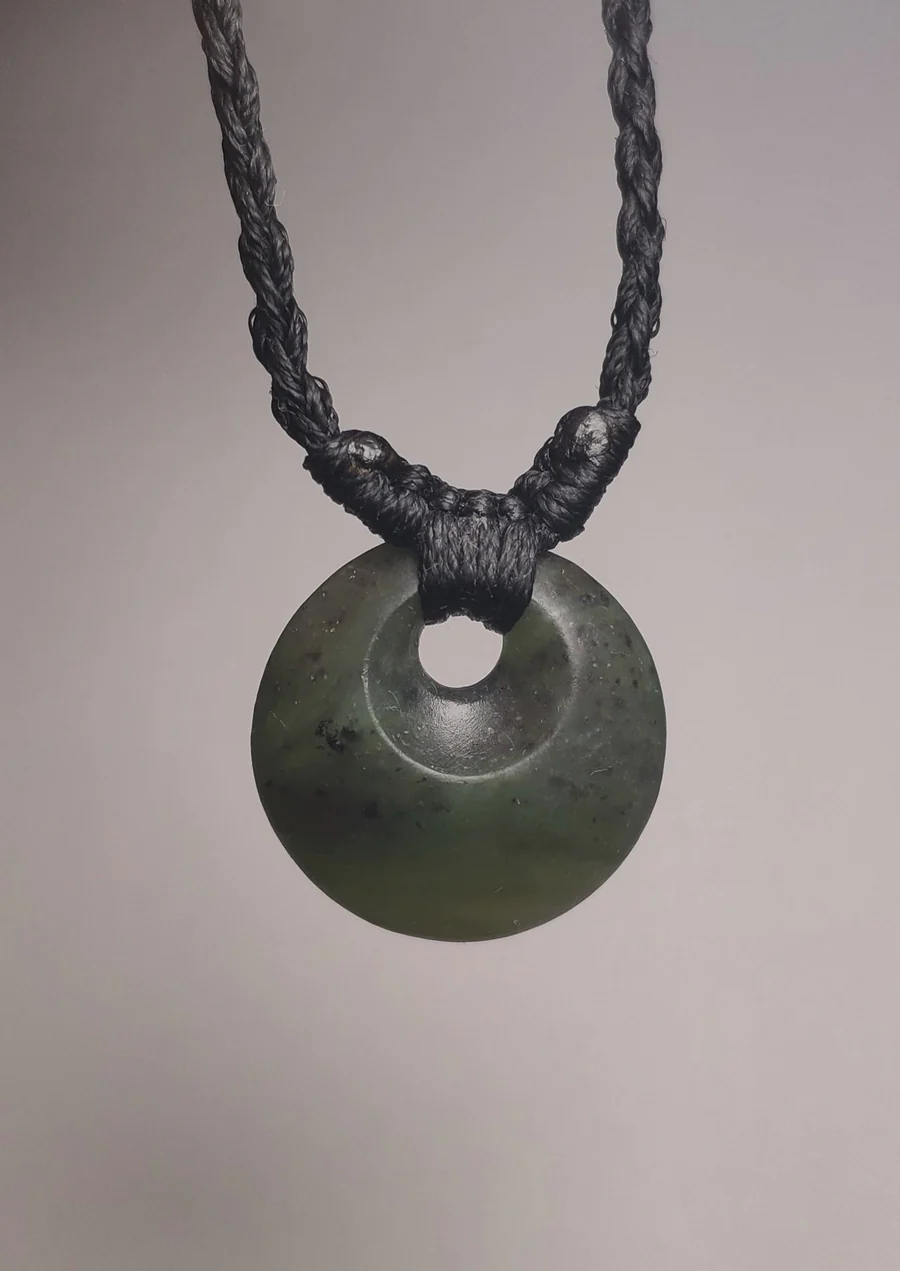
The porowhita, a.k.a. circle or disk, represents the never-ending cycle of nature and life. For the Maori people, this symbol stands for their belief that life doesn’t have a beginning or an end.
Additionally, it also symbolizes the cyclical nature of various aspects of life, including relationships, health, seasons, and energy.
Aside from that meaning, the porowhita also tells that the planets and stars possess the knowledge of man’s origin. When relating to people, the symbol signifies that the wearer is focused, centered, and present.
Finally, the circle is often incorporated with other symbols, like the koru. As a result, the circle of life is linked with new beginnings.
8. Papahu (Dolphin)
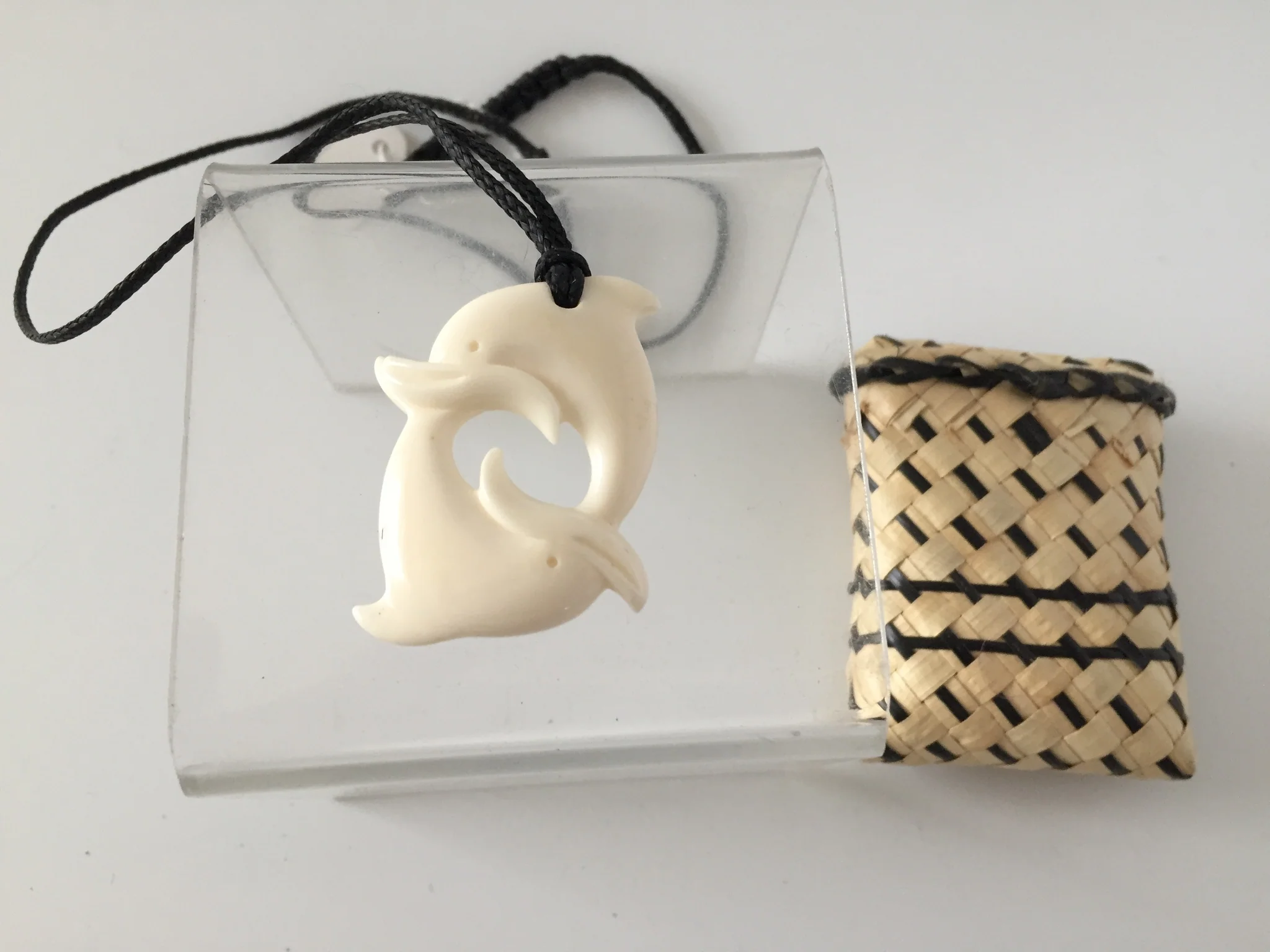
The Maori people have great respect for sea creatures, especially dolphins and whales. The reason is because of their belief that dolphins help them navigate the South Pacific Ocean during the Great Migration.
For this reason, dolphins are considered the guardians of travelers. As such, the papahu is used as a symbol of protection. Additionally, it can also symbolize friendship, playfulness, and harmony.
9. Roimata (Teardrop)

The roimata is also known as the comfort stone, and it is associated with the heart and emotions. According to Maori legends, this symbol represents the tears produced by the albatross birds when they cry.
For this reason, the roimata symbolizes sadness. Usually, it is given to express your support and to acknowledge a person’s sadness or loss.
Also, this symbol can indicate shared emotions, healing, reassurance, empathy, and solidarity.
10. Patu and Mere
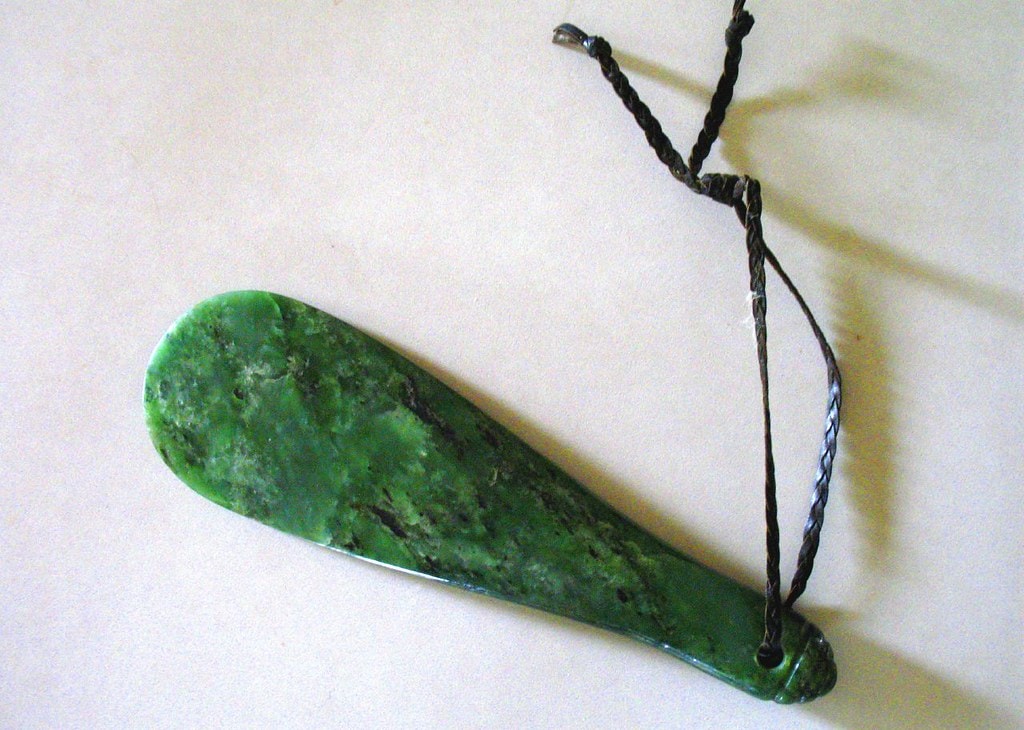
A patu is a Maori weapon used for striking an opponent’s upper body to disable him. Typically, it is made of whalebone, wood, or stone. For its meaning, this symbol signifies authority and power.
A mere is like a patu. It’s also a Maori weapon with a shape that resembles a large teardrop. The difference between the two is that a mere is made of greenstone (jade).
Additionally, this weapon is carried by warriors who possess great honor and strength. Today, this symbol is used to represent a person’s ability to overcome life’s difficulties and challenges.
Wrapping Up
All in all, Maori symbols are popular around the world and are used in various artworks, including tattoos and jewelry. The reason is not only because of their enigmatic yet attractive appearance.
Remember, the Maori people used these symbols to record their history, beliefs, and traditions, and so they can add meaning to the artwork because of their hidden messages.
Similar Articles:
Most Popular Native American Symbols with Meaning
13 Important Druid Symbols and What They Mean
14 Powerful Viking Symbols of Strength and Their Meanings
8 Powerful Zen Symbols and Their Meanings
13 Most Important Wiccan Symbols and Their Meanings
